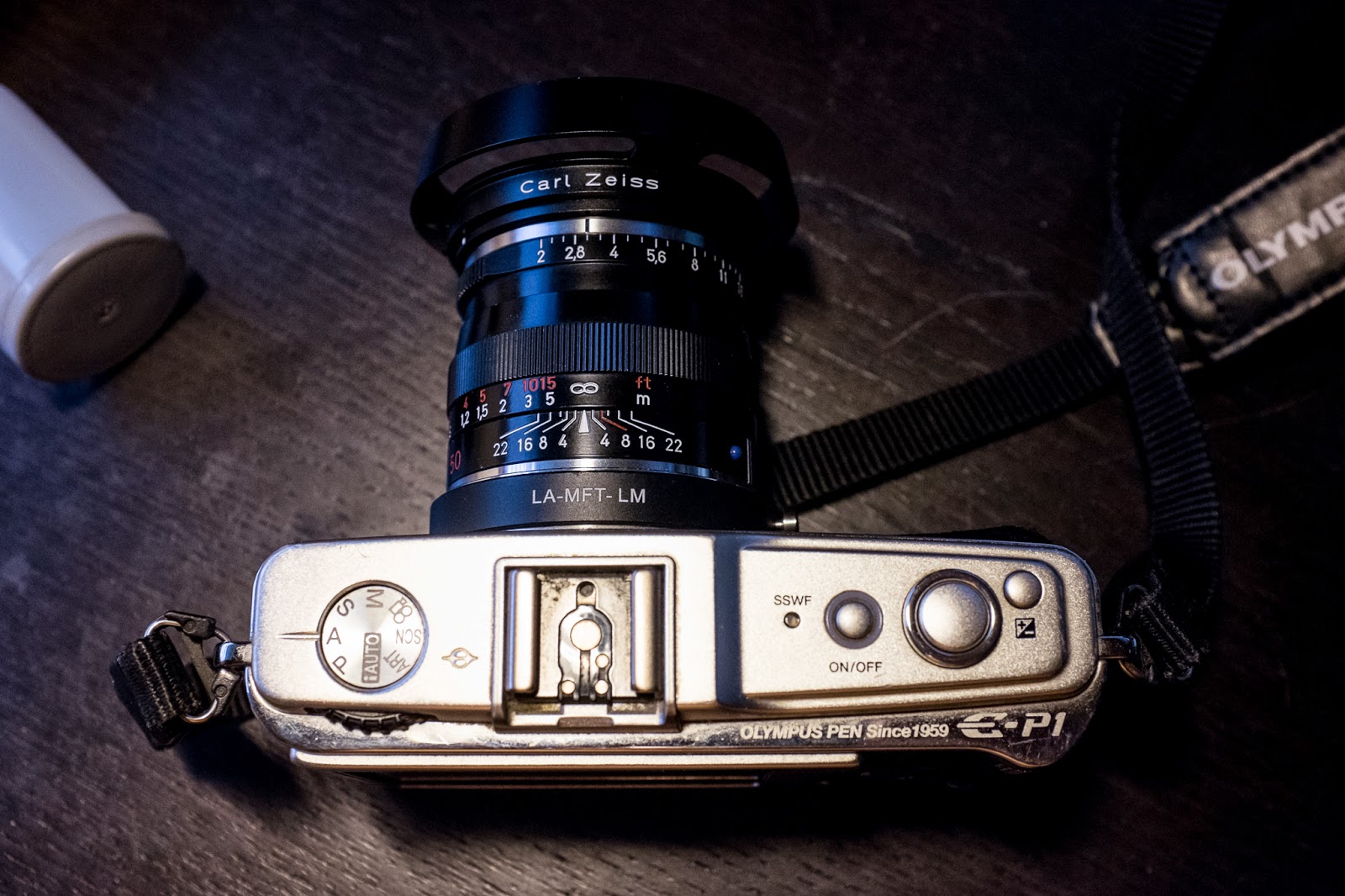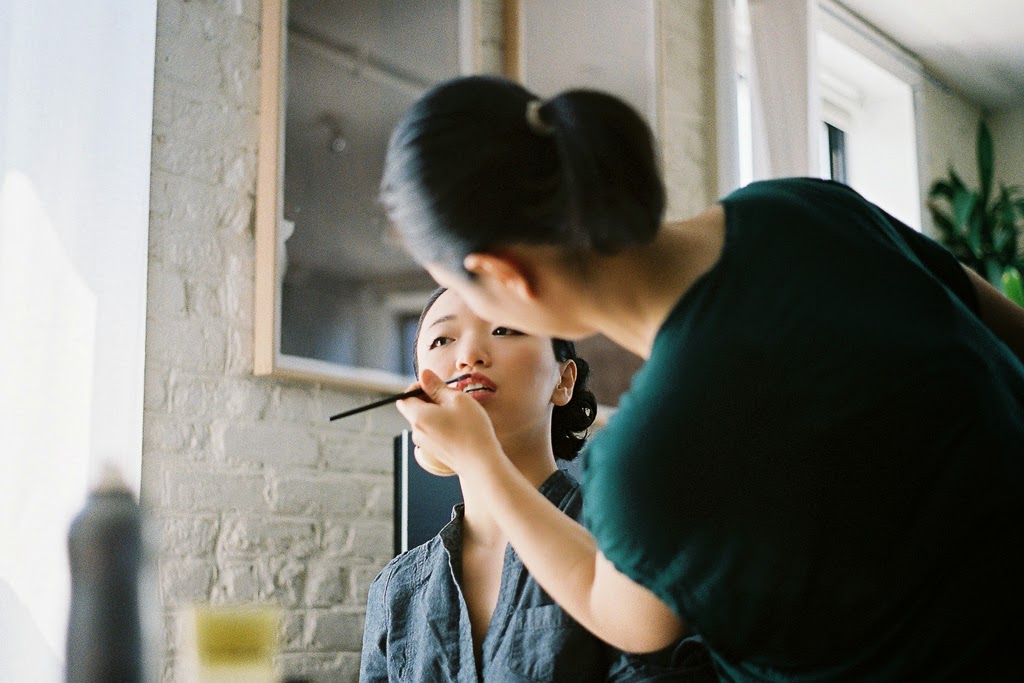So, I photographed a wedding. I am not a wedding photographer. It was the most challenging creative project I've ever undertaken.
I would have run off screaming if it had been anyone other than my friends Sirui and Kenny. They've always been extremely supportive and enthusiastic about my photography, and knew my style very well, so it really helped set expectations.
In terms of digital gear, all I have is a Sony RX100, and a Fuji X100S. The Fuji could possibly have held up at a wedding, but its focal length would not really have been ideal.
I had to go with film. I didn't want to rent or borrow a DSLR and go with a camera I wasn't familiar with. If I had a choice, I'd have gone digital.
My loadout for the day was my Voigtlander Bessa R2A, a 50mm Zeiss Planar f/2, and a 28mm Voigtlander Ultron f/1.9. For film, I had 5 rolls of Fuji Pro400H, and 5 rolls of Kodak Tri-X. Pro400H is a great color film. Kodak Portra is cheaper and probably better at capturing skin tones, but I wanted the Pro400H because there would be lots of plants around, and I like the way it captures greens and blues. Kodak Tri-X is a super dependable black and white film with a clean, even grain that was used a lot for journalism.
The morning started in a beautiful Williamsburg apartment. While Sirui was getting made up, Kenny and a handful of friends and bridesmaids were tasked with preparing small succulents, which were to be given out as nametag holders and party favors.
I was free to wander around the apartment with my camera and grab some proper angles in a more documentary style. Personally I think it's the strongest part of the album.
And then we got to the venue, and things went kind of crazy. It was a small wedding, stuck into a small area behind the restaurant.
At some point while I was panicking, I accidentally opened the camera up and light-leaked a frame of Sirui putting on her earrings. It looks kind of cool, I guess, but I would rather have had the photo.
I couldn't move around as much and kept bumping into people. The first kiss and the ring exchange were blurry and out of focus. I have no excuses for that. It wasn't even a particularly dynamic moment or anything. This might as well have been taken on a smartphone.
I could probably have managed better if I had a second camera body to fall back on. I had actually bought a Leica M3 a day before the wedding to shoot alongside the Voigtlander, but the shutter froze up the day I bought it and it was in for repairs while the wedding was actually happening.
Anyway, let's move on to the better stuff.
Once the ceremony was over with, it became a party again, which is more my speed. I got myself lost in the background noise and people became layers of compositional elements.
Later on, we switched venues, and I shot a roll of Tri-X to push to 3200. I was surprised any of the photos came out at all, but there were actually a good handful of keepers.
In conclusion, if you ask me to photograph your wedding, I will probably say no, but if I say yes in a fit of temporary insanity, this is what you would get. I'm pretty happy with the results (and so are the bride and groom) because this is just my style, but it's not really what you'd call wedding photography.
I don't know how to pose people, and my gear really isn't suited for portraiture or anything set up, so the pictures that people stood in place and asked me to take of them were pretty weak.
Going with film was an enormous gamble, but in the end I think everything worked out. Kenny and Sirui trusted me to it, and I gained a good deal of trust in myself. Not being able to see the pictures I was taking was incredibly stressful. Getting the color negatives back from the lab 4 days later was a huge relief, but it was 4 days of complete anxiety that I'd flubbed the most important shoot I'd ever done.
The wife and I compiled it all into a photobook from Blurb. The hard copy should be arriving today, but you can have a look at it online
here.









































